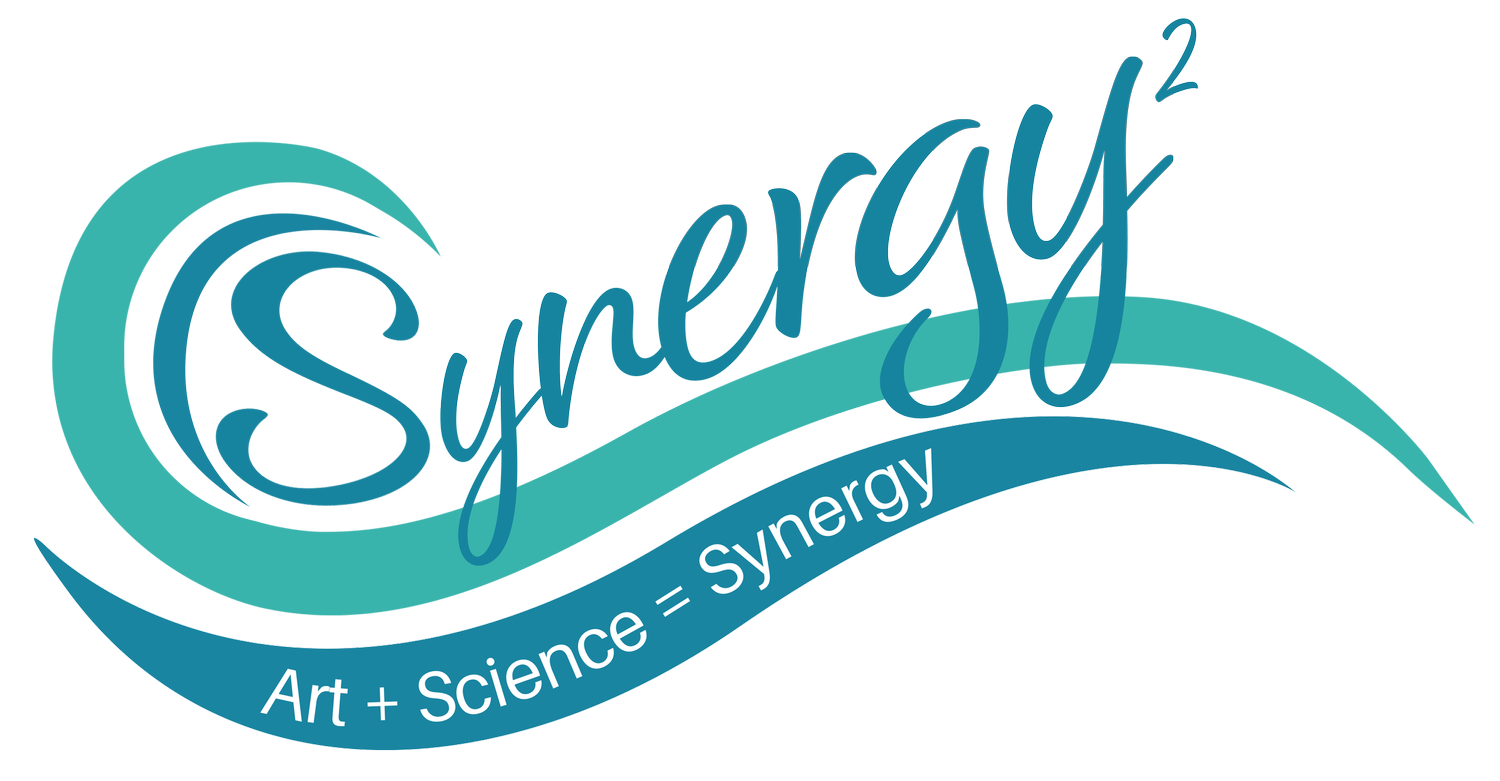
Visualizing the Unseen
Cellular Metabolites in Ocean Ecology
by Heather E. Stivison & Noah Paul Germolus
Above: “Coastal Surface: Community” — Heather E. Stivison
Visualizing the unseen: Cellular Metabolites in Ocean Ecology is a series of paintings that represents some of the ocean’s diverse ecological zones.
MEDIUM
Acrylic and oil on canvas
PIECES
Two finished, two planned
TOPIC
Cellular metabolites, chemicals manufactured in cells
LOCATION
Research and testing in Vineyard Sound and the Sargasso Sea, global impact
"Coastal Surface: Community" — Heather E. Stivison
"Ocean Surface: Loneliness" — Heather E. Stivison
Inspired by Science
The four 48” x 60” paintings (two of which are currently viewable above) were inspired by the four distinct Atlantic Ocean collection zones of Noah’s research: Coastal Surface, Ocean Surface, Deep Chlorophyll Maximum, and Mesopelagic. Each is informed by high-resolution chemical measurements from that locale, as well as knowledge about the contemporaneous physical and microbial characteristics.
We often view microbial ecosystems as networks that are relatively tight with respect to metabolites, which theoretically are produced by microbes, released into the environment, diffuse, and are then picked up by other microbes. What Noah is trying to figure out is what happens to a few vitamins, amino acids, and parts of DNA that might stick to the ions in seawater, react with sunlight, or are cleaved by the water itself. This would change our view of how tight the microbial network operates, and where some compounds might transform into something that no longer looks like the initially valuable cellular building blocks.
Visual Arts and Music
The panels are abstract interpretations of the characteristics of these four environments and the small biomolecules (metabolites) that exist within those four environments. Using the lens of chemistry, they ask the question, “If I am chemical, what is the life cycle of my molecules?” The metabolites in these paintings are imagined as living beings, cycling through, living within, and dependent on their surrounding microbial communities. Based on real data, they give shape color, to an unseen microscopic world, and express the appropriate sensations of loneliness or wild activity of the collection sites. Paired with each panel is a piece of music, translated literally from the chemical data and arranged for tenor saxophone. Each piece is meant to evoke an emotional impression akin to what a scientist might think of when pondering the microbiological character of each ocean zone.
Bridging the worlds
In this clip, Heather describes how she came to partner up with Noah for this project. Watch the video to find out about her experience working with the scientist.
Want to learn more about the musical component of this project? Read this article from WHOI, which goes in depth about Noah’s creative process, including a sample of his work.
Heather & Noah
To find out more about the artist and scientist who are behind this project, visit their section of the Artists & Scientists page via the link below.

